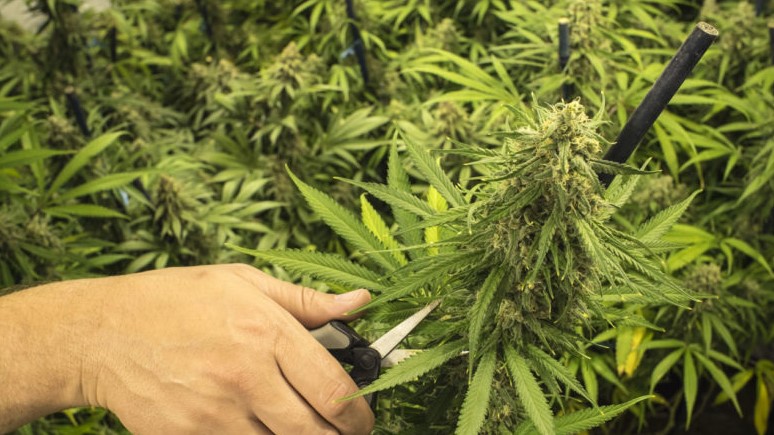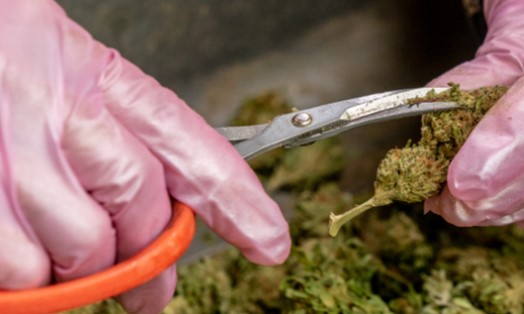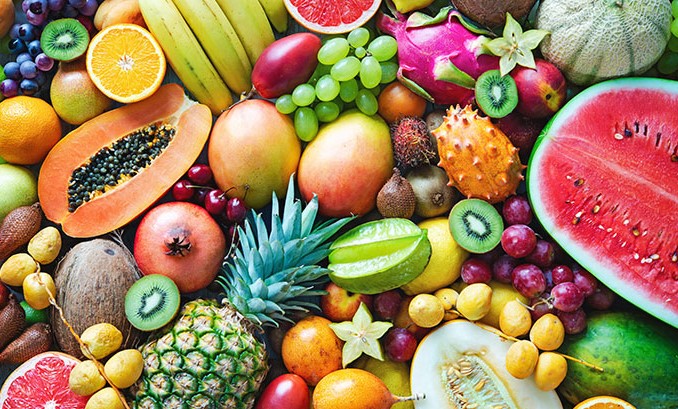There’s an ongoing debate within the cannabis cultivation community that needs settling. It’s about the optimal method for trimming cannabis during the post-harvest process: dry trim vs wet trim. This seemingly small aspect can significantly impact the quality, potency, and market value of the final product.
Understanding Trimming
Trimming is the process of pruning buds to remove the excess leaves and stems, thereby enhancing the bud’s appearance and making it more attractive and marketable. Besides, trimming helps to decrease the chances of mold and mildew formation on the buds, reduces harshness when smoking, and improves the overall aroma, aesthetics, and price of the product.
Exploring Wet Trimming
Wet trimming is performed immediately after harvesting the cannabis plant and before the drying process. This method is known for its speed and simplicity, as it’s easier to remove the leaves when they are still moist and pliable. Wet trimming also allows for a quicker drying process and requires less space than drying entire branches of cannabis.
Exploring Dry Trimming
Dry trimming, on the other hand, involves trimming the cannabis buds after they have dried but before the curing process begins. This method results in a slower drying process, often yielding denser buds with richer, better-preserved terpene profiles and trichome coverage. Dry trimming is often favored by commercial growers aiming for high-quality products and is seen as less messy than wet trimming.
Comparative Analysis
When comparing wet trim vs dry trim, several key factors come into play. Wet trimming is efficient and fast, reducing the risk of mold while speeding up the drying process. But, it may result in a loss of terpenes, affecting the final product’s flavor and aroma.
Dry trimming, while slower and more labor-intensive, often produces high-quality buds with well-preserved terpenes and trichomes. This method also allows for better control over the drying speed, helping to ensure consistent quality in the products.
Dry Trim vs. Wet Trim Drawbacks and Considerations
Both methods have their drawbacks. Wet trimming, while quicker, can be messy and potentially lead to lost terpenes. The process must also be completed immediately after harvest, which may not be feasible for some growers.
Dry trimming, on the other hand, requires more space and time, and the buds are more delicate, making them prone to damage if not handled with care. Timing the trim day can also be tricky, as various factors can affect the drying period.
Influencing Factors
The choice between dry and wet trimming often comes down to the specific circumstances of the grower. Factors such as climate, facility space, strain, and personal preference all play a significant role in this decision.
Equipment for Trimming
Regardless of the chosen method, having the right tools is crucial. For larger operations, automated machines can significantly speed up the process and maintain a consistent trim level. For smaller, artisanal grows, hand-trimming may be preferred to maintain a high level of control and precision.
Dry Trim vs. Wet Trim and Its Effect on Trichomes
Whether you trim your cannabis wet or dry can also impact the preservation of trichomes, the tiny, crystal-like outgrowths on cannabis buds that house the plant’s cannabinoids and terpenes. While wet trimming is believed to be gentler on the buds, dry trimming can help preserve these crucial compounds better due to the slower drying process.
Dry Trim vs. Wet Trim and Flavor
The method of trimming can have a direct impact on the flavor of the final product. This is primarily due to the presence of chlorophyll, a green pigment in the leaves that can give buds a harsher flavor if not properly dried out. Dry trimming allows for a slower drying process, which can help chlorophyll break down more effectively, enhancing the final product’s flavor.
Terpene Preservation Techniques
Terpenes are aromatic compounds found in cannabis that contribute to its flavor, aroma, and therapeutic effects. Preserving these delicate compounds during the trimming process is crucial for maintaining the overall quality and potency of the final product. Here, we explore various techniques used to preserve terpenes in both dry and wet trimming methods:
1. Temperature and Humidity Control:
- Dry Trimming: Controlling the temperature and humidity levels during the drying process is essential for preserving terpenes. Dry trimming allows cultivators to maintain precise environmental conditions, optimizing terpene retention. By carefully monitoring and adjusting temperature and humidity levels, cultivators can slow down the evaporation of terpenes, ensuring they remain intact within the buds.
- Wet Trimming: While wet trimming occurs before the drying process, controlling temperature and humidity in the trimming environment can still influence terpene preservation. Maintaining optimal conditions during wet trimming can help minimize terpene loss before the buds are dried, contributing to a more flavorful final product.
2. Gentle Handling:
- Dry Trimming: Dry trimming requires delicate handling of the dried buds to avoid damaging trichomes and terpenes. Gentle manipulation during the trimming process helps preserve the integrity of the buds and minimize terpene loss. Cultivators often use specialized trimming tools and techniques to ensure careful handling and preserve terpene-rich areas of the buds.
- Wet Trimming: While wet trimming is generally considered less delicate than dry trimming, gentle handling is still crucial to minimize terpene loss. Cultivators must take care not to overhandle the moist buds, as excessive manipulation can cause terpenes to evaporate or degrade. Using sharp, clean trimming tools and employing gentle techniques can help preserve terpenes during wet trimming.
3. Terpene Extraction:
- Both Methods: In addition to preservation techniques during trimming, cultivators may also explore terpene extraction methods to salvage and concentrate aromatic compounds. Techniques such as steam distillation, solvent extraction, or mechanical separation can be used to extract terpenes from trimmings and other cannabis plant material. These extracted terpenes can then be reintroduced to the final product to enhance aroma and flavor, compensating for any loss during trimming.
By employing these terpene preservation techniques in both dry and wet trimming methods, cultivators can optimize the quality and aroma of their cannabis products, providing consumers with a more flavorful and aromatic experience.
Choosing the Right Method
The choice between wet and dry trimming ultimately depends on the specific needs and circumstances of the grower. Factors to consider include the size of the operation, the available resources, the intended quality of the final product, and even the local climate.
Conclusion
In the debate between dry trim vs. wet trim, there’s no one-size-fits-all answer. Each method has its strengths and weaknesses, and what works best for one grower might not work for another. The key is to understand the implications of each method thoroughly and make an informed decision based on your specific needs and circumstances.




